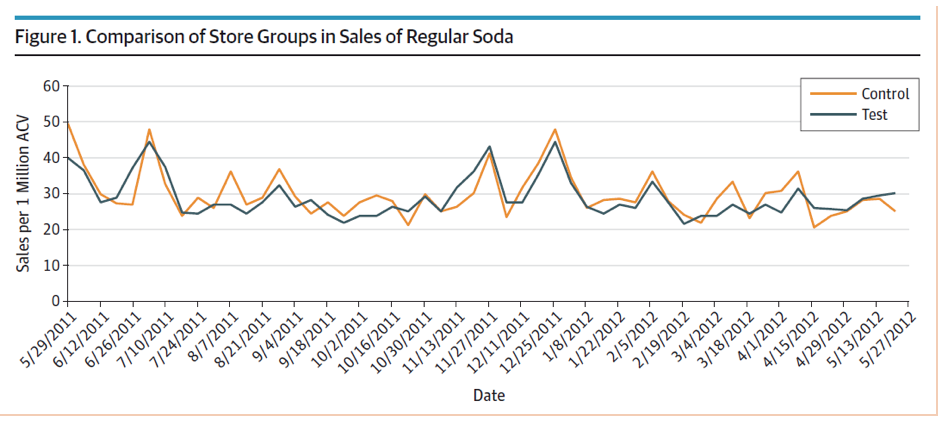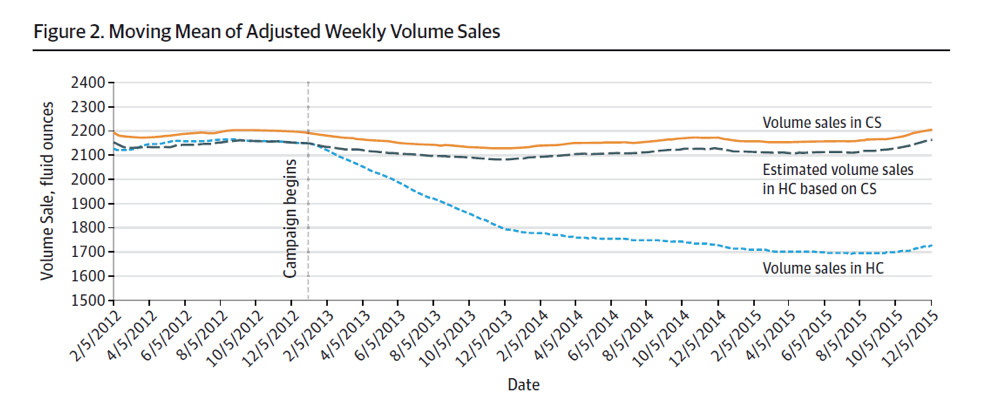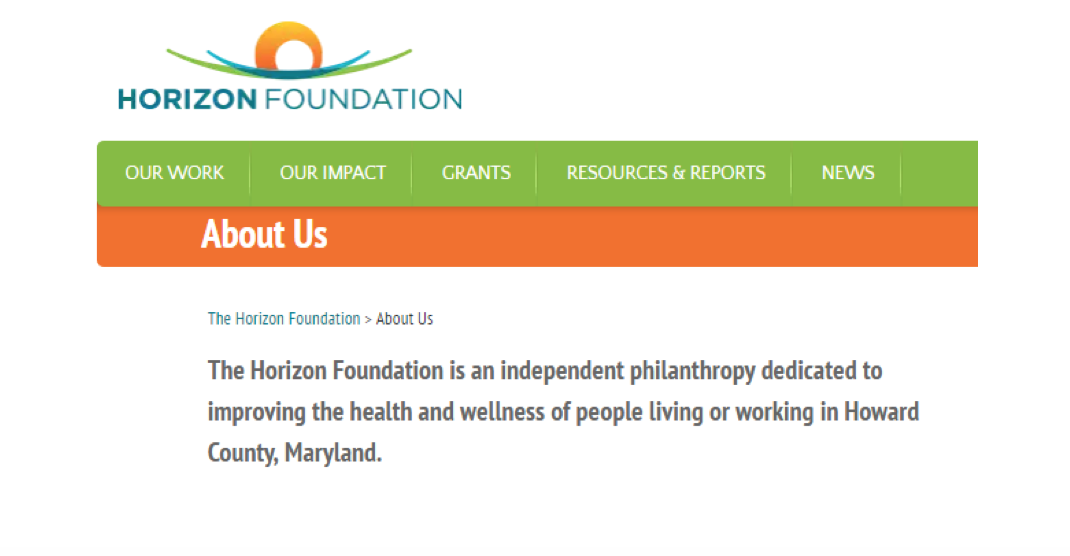A study appearing in reported that a coordinated campaign succeeded in reducing the consumption of sugar-sweetened beverages in one Maryland county. In this 150-second analysis, F. Perry Wilson, MD, distills the data, and considers what carrots and sticks might be needed to change dietary habits on a population level.
Can a coordinated media effort, comprising cable TV spots, digital ads, direct mail, social media marketing, and policy changes across multiple organizations reduce the consumption of sugary beverages? Man, it better, or we're in big trouble. Fortunately, that's just what this article, appearing in JAMA Internal Medicine found when they analyzed a program called "Howard County Unsweetened" – a multiyear effort to reduce sugary drink consumption.

From 2013 to 2015, the Horizon Foundation launched a campaign to reduce sugar-sweetened beverage consumption in Howard County, Maryland. It was a multifaceted approach, including marketing but also a variety of partnerships with local organizations. They got these drinks out of the local soccer league concession stand, out of child-care facilities, and out of hospitals.
To assess the effect, researchers examined the sales of sugar-sweetened beverages from supermarkets around the area. But first, and this will become important, they had to find other supermarkets that had similar sales patterns but weren't in an area exposed to the intervention.

Figure 1 here shows that they did a pretty good job. Sales of soda, prior to the intervention, were pretty darn similar in the control and test supermarkets.

And here are the results after the campaign started. A significant reduction in sales of sugar sweetened beverages, visible as the dotted-blue line here, compared to the control supermarkets. On average, there were about 30 fewer cans of soda sold per supermarket per week after the intervention compared to before.
Here's the issue. Howard County is not your typical American county. The median family income in 2010 was $120,000, the third-highest of any county in the U.S. In 2010, Money magazine ranked Howard County second in their list of "America's Best Places to Live."
The Horizon Foundation, the non-profit that sponsored this initiative, is "an independent philanthropy dedicated to improving the health and wellness of people living or working in Howard County." Must be nice.

I reached out to Horizon to ask them the question you are all thinking. What did this project cost? The short answer, about $800,000 a year, according to Chief Program Officer Glenn Schneider. So is this a feasible path forward in less affluent places? Schneider tells me that it was the policy work – getting sugary drinks out of child care settings – not the marketing campaign that took the most time and effort, and was the most beneficial, and they are happy to share that work broadly.
That said, I can't help but mention that sugary beverage taxes, which actually generate revenue, have had similar or .

As we continue to use carrots and sticks to move the population towards healthier diet choices, localities are going to need to figure out which approach is really the sweeter deal.
, is an assistant professor of medicine at the Yale School of Medicine. He is a 51���˶��� reviewer, and in addition to his video analyses, he authors a blog, . You can follow .
